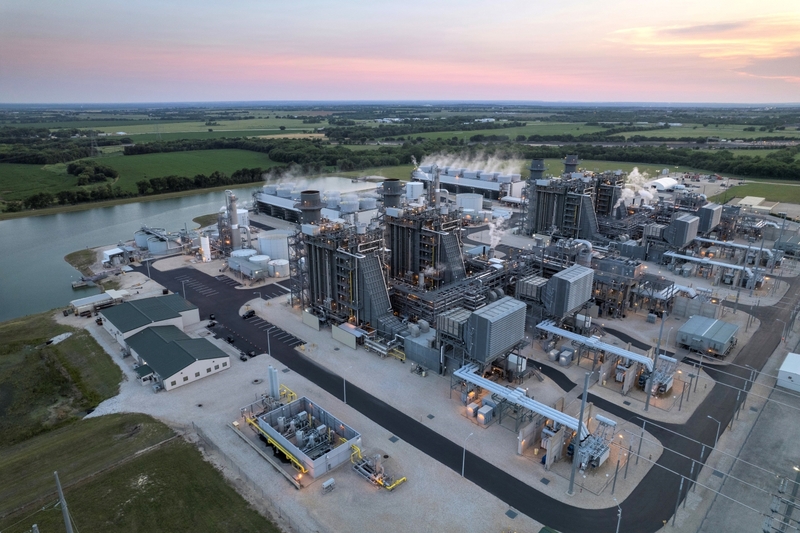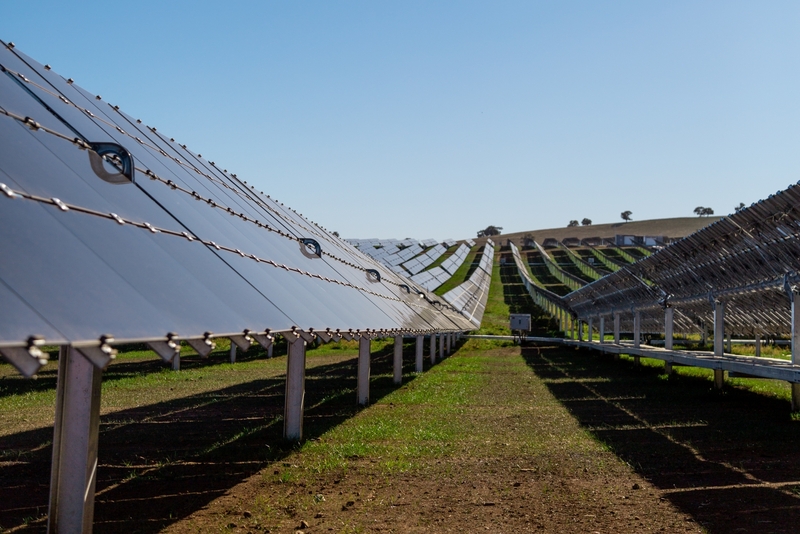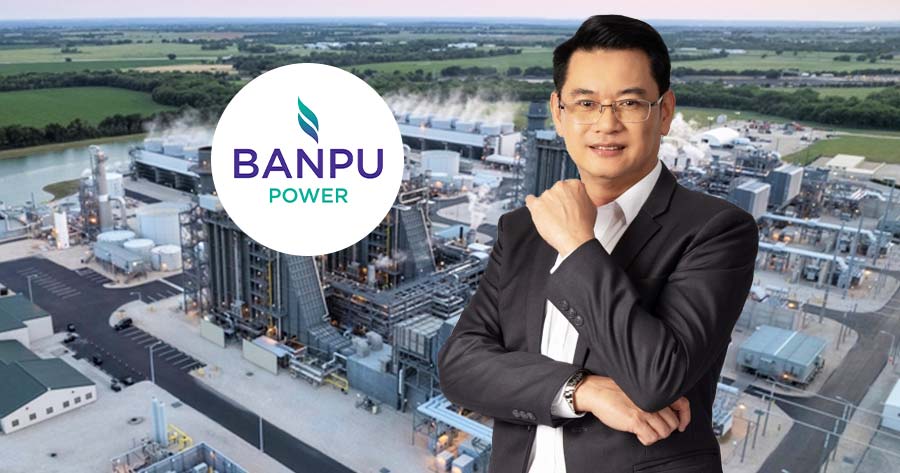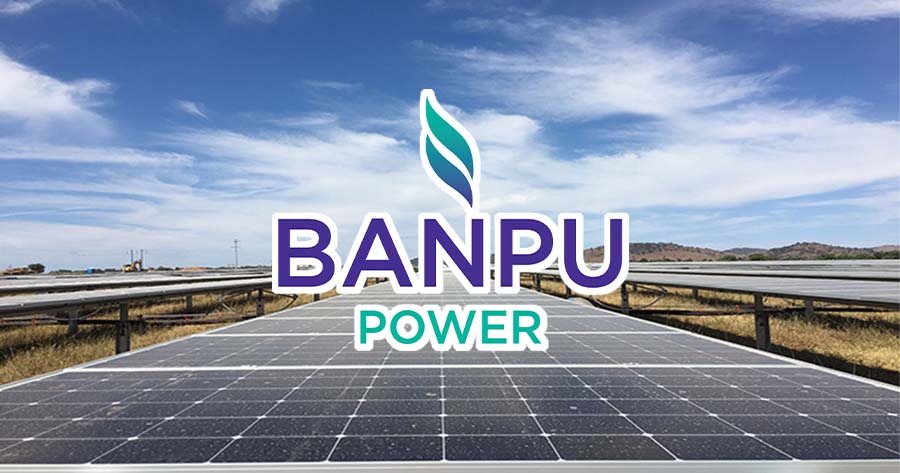
Banpu Power Public Company Limited (SET: BPP), an international quality power generating company, has announced its business growth plan spanning from this year through to 2030. This plan emphasizes diversifying its portfolio beyond merely increasing power generating capacity (‘Beyond Megawatts Portfolio’), transitioning into a “Sustainable Energy Generation Company”. This shift will enhance business transformation aimed at delivering energy that ensures robust cash flow, in tandem with investments that contribute to lowering carbon dioxide emissions, thereby offering sustainable value to shareholders and all stakeholders.

Mr. Issara Niropas, CEO of Banpu Power PCL (BPP) stated, “With over 20 years of experience in the power generation industry across eight countries in the Asia-Pacific region, BPP is committed to “Powering Society with Quality Megawatts.” Recognizing the shift towards more sustainable and innovative energy needs in the future, we have defined a business growth plan spanning from this year through to 2030, centered on broadening our business portfolio beyond the power generation sector to include ventures in new domains related to energy generation businesses, such as energy infrastructure, carbon capture utilization and storage (CCUS) projects, and battery energy storage systems (BESS). Furthermore, BPP continues to focus on reducing the carbon footprint of its operations and expanding into more environmentally friendly gas-fired power plants. We believe these steps will ensure consistent returns for our shareholders and forge sustainable value for our stakeholders, paving the way for a transition to a sustainable, modern energy business aligned with evolving social contexts.”
The business growth plan according to the new strategy will concentrate on four key areas:
Growth in Quality Megawatts CCGT
Focusing on the US market, BPP aims to grow its quality megawatts by acquiring more combined cycle gas turbine (CCGT) power plants. Two CCGT plants have already been up and running in Texas, namely Temple I and Temple II. CCGT power plants can deliver quality electricity as they not only ensure consistent cash flow generation but also help reduce CO2 emissions with “high efficiency, low emissions” (HELE) technologies.
Balanced PPA and Merchant Markets
BPP balances its portfolio between power purchase agreements (PPAs) and the merchant markets. The two-pronged approach provides combined advantages to maximize revenue opportunities from stable income under PPAs and potential high profits in the merchant market. BPP’s expertise in Texas’s ERCOT (Electric Reliability Council of Texas) free electricity market positions it well for exploring opportunities in other merchant markets, alongside expanding into related businesses like power trading and power retail, as an extension of the existing power generation business.
Decarbonization through CCUS
BPP invested in its inaugural CCUS project, the Cotton Cove project, in 2023. The project is targeting the first CO2 injection by the fourth quarter of this year, with an initially average sequestration rate of approximately 45,000 metric tons of CO2e per year. Further projects are under evaluation.
Investment in Energy Infrastructure and BESS
BPP seeks investment opportunities in energy infrastructure, such as electricity transmission systems, that promise immediate cash flow, as well as projects with the potential to generate strong cash flow in the future. The Company also seeks investment opportunities in battery energy storage systems (BESS) that can utilize space in existing BPP assets. These efforts will support the energy transition towards a sustainable ecosystem.

“This growth strategy signifies our readiness to venture beyond power generation and distribution, setting a solid foundation for BPP as a sustainable energy generation company in the future,” added Mr. Issara. “We remain committed to ESG principles to add value to society and for all stakeholders. Moreover, also important are our employees, or “BPP people”, who drive the Company’s robust growth in alignment with power and related energy trends under the Greener & Smarter strategy. This will be achieved through continuous enhancement of skills, knowledge, and expertise to meet future plans, supported by ongoing capacity building efforts.”





